The original Renault Twingo was never officially sold in the UK. It was on sale in the rest of Europe for 14 years, and even longer in parts of South America.
It was a blinky-eyed monobox to look at, but it was built in the best tradition of French city cars: dirt cheap, with the packaging flair of a magician’s hat and spartan, state-run charm to spare.
I passed one shuffling its way down the autoroute with four Gallic Inbetweeners on board, and for a fleeting second or two the vision epitomised the cost-light and carefree appeal of the breed.
It was shorn of headrests and practically see-through due to its gawky windows, but the occupants could hardly have looked more content if they’d been riding BMXs lashed together with girls’ underwear.
We can’t all be insouciant French teenagers, of course, but the A-segment’s tacit connection to that first flush of liberty is very real, and, spiritually, it’s the same intangibly lighthearted and fun-to-drive spark that we prize most highly in new city cars.
That, more than anything else, is why we’ve always slightly tempered our praise for the Volkswagen Up. Objectively, it’s brilliant.
To measure the new Twingo against it, we had to get the VW down to Nantes, and truthfully there is no other pint-sized automobile in the world quite so well suited to 500-odd miles of péage.
The five-door Groove Up on test is an admittedly high-spec trim level, yet even the lesser versions are carriers of that crucial VW gene: an aspirational hybrid of quality and proficiency, cleverly undiluted by downsizing. You emerge from a long motorway journey utterly uncreased and not a little impressed.
Nevertheless, I still find it hard to dote on the car, never able to quite escape the nagging feeling that Volkswagen has made a better job of shrink-wrapping the Volkswagen Golf’s civility than it has the panache.
Minoring on the fun is perhaps one symptom of its staunchly conventional approach. The Up is a cut-down front-drive, front-engined hatchback so exempt from idiosyncrasies that the driver’s inability to lower the passenger’s window is considered significant.
It makes Renault’s response, the rear-engined, rear-drive Twingo, seem fabulously eccentric until you recall that the Up started out the same way before Volkswagen baulked at the associated development costs.
Read the new Renault Twingo first drive review
Side by side, however, you wouldn’t necessarily spot the variance in packaging. Both are big-cabin, short-bonneted five-door hatchbacks in the modern city car mould. To my eyes, the Twingo edges the beauty contest by virtue of being more thoughtful with its curves without getting cutesy.
The Up’s cause, at least in this case, isn't helped by its design’s stodgy accommodation of rear doors.
The running order, however, is reversed once inside. Even in its playfully two-tone, top-spec Dynamique trim, the Renault is no match for Volkswagen’s mastery of material choice and build quality. Where its surfaces are hard and hollow to the touch, the Up’s plastic fascia thuds under knuckle like a safe door.
The Twingo receives plenty of digital trickery – including an impressively large infotainment screen – yet there’s no room for a revcounter in the instrument cluster, and silly ergonomic flaws, such as the removable storage bin removing itself on first encounter with a kneecap, are of precisely the sort that Volkswagen doesn’t make.
Subjectively, the Twingo is as spacious as the Up both front and back. Normally that would be high praise, but given its more exotic configuration and a slightly longer wheelbase, I was expecting the Twingo to deliver a discernible advantage. In terms of practicality, there isn’t much to choose between them.
Four adults will fit snugly into both, and while the boots are clearly differently proportioned (the Up’s being deep and narrow, the Twingo’s shallow and long), there isn’t as much of a gulf between them as the VW’s higher on-paper volume suggests.
Both employ front MacPherson struts and rear torsion beams, and both are powered by three-pot petrol engines. Tested here in their more powerful guises, the Up’s naturally aspirated 1.0-litre unit produces 74bhp, while Renault’s 0.9-litre motor delivers 89bhp courtesy of a turbocharger.
Running costs are closely matched, each besting 60mpg combined, with a difference of only 9g/km in CO2 emissions (the Twingo going duty-free). On the scales, barely 15kg separates them.
Turn the ignition on, though, and the similarities melt away. A vocal, reedy pit-a-pat passes through both cabins, but the greater distance to the Twingo’s motor is palpable – like sitting forward of the jet engines in an Airbus. Neither engine revs particularly freely, and they are similarly recalcitrant beneath 3000rpm.
But while the Up must be tenaciously wound up just to keep pace with the traffic ahead, a floored throttle in the Renault will have you at risk of rear-ending it. With almost 30lb ft extra at its disposal, the whistling, trilling French motor leans into the first four of its five long ratios with noticeably more urgency than the Up – a quality measurable in a near-2.5sec advantage to 62mph and unmistakable in its greater overtaking potential.
Having waded through half of France at a middling plod, the added energy ought to make the Twingo a more invigorating prospect around town. Sporadically it does, but there are limiting factors at play here, not least that the Renault is a rather curious concoction with which to get to grips.
Read the full Volkswagen Up review
It’s not necessary to have driven the Up moments before in order to notice the Twingo’s unusual steering. With no engine to weigh the nose down and a full 3.5 turns required to go from lock to lock (even with the marginally quicker variable-ratio rack fitted to the range-topper), Renault has downgraded the resistance to bumper car levels of heft.
Even small adjustments necessitate applying half a crank of input, but the upside is that, with the helm on full lock either way, the wheels are pointing at 45deg from the body, which results in a turning circle that puts even the highly manoeuvrable Up to shame.
The downside is that if you’re the kind of guy who likes to see Nantes with one hand affixed to 12 o’clock, you’re going to find yourself working at it like a dump truck driver.
The Up is much less effort, and what it gives up in U-turning prowess, it more than makes up for in sprightly lane-changing agility. Inevitably, with the Twingo so devoid of feedback, the Up also does a better job of communicating the tyres’ work rate out of town.
The lack of immediate bite is disconcerting in the Renault, especially when you’re already winding on more lock than usual. The decision to tune armfuls of understeer into the rear-drive chassis doesn’t help, nor does it make much sense when you discover that the non-switchable stability control has an incredibly stringent, progress-stalling reaction to any detected loss of traction.
Adopting impatient commuter speed back in Nantes, it’s clear that there’s an element of fuss in driving the Twingo that simply isn’t present in the Up.
Keener pedallers will probably find themselves working at some sort of half-speed, low-rate frenzy, one minute twirling the steering wheel like a marching baton, the next working feverishly through the tall gearlever’s long, bony action to keep the three-pot warbling.
It’s remarkable, really, that it doesn’t immediately become an irritation, and the fact that I found myself sporadically invested in the hectic thrum, mucking in with the car’s flighty character without feeling the need to continually admonish it, speaks volumes.
It helps that the Twingo generally rides with the kind of happy-go-lucky pliancy that allows it to bob over sleeping policemen and leapfrog kerbs. There isn’t the measured, big-car compliance of the Up – the preloaded torsion bar gets a bit grisly when faced with more serious intrusions – but obvious chinks in its armour are the exception rather than the rule.
The verdict
So what we’ve got here is, in part, what we asked for. As a counterpoint to the Up’s benign and incorruptible polish, the Twingo is impeccable – not least because it’s so quaintly flawed.
The good qualities are obvious enough and convincing when listed: it’s as practical as the Volkswagen, prettier, cheaper (by over £600 at the comparable trim levels tested), quicker (without being any less kind to your wallet) and, in Dynamique format, very well equipped.
Not everyone is going to like it, though, given the zeal with which Renault has snuffed out the rear-drive dynamic that might have made it compelling, only to replace it with a needlessly anodyne sense of balance.
Its handling, refinement, comfort, quality and arguably value are a distant second to the Up and ensure it remains inferior in our reckoning. But through the cracks of its not quite joined-up thinking, there’s a memorable and characterful car in the Twingo – one that, conceivably, with the right owner, might be worthy of the affection we’ve typically withheld from the Up.
Read Autocar's previous comparison - Porsche Cayman GTS versus Jaguar F-type coupé
Volkswagen Groove Up 5dr
Price £12,360; Top speed 106mph; 0-62mph 13.2sec; Economy 60.1mpg; CO2 106g/km; Kerb weight 929kg; Engine 3-cyls, 999cc, petrol; Power 74bhp at 6200rpm; Torque 70lb ft at 3000rpm; Gearbox 5-speed manual
Renault Twingo TCe 90 Dynamique
Price £11,695; Top speed 103mph; 0-62mph 10.8sec; Economy 65.7mpg; CO2 99g/km; Kerb weight 943kg; Engine 3-cyls, 898cc, turbo, petrol; Power 89bhp at 5500rpm; Torque 99lb ft at 2500rpm; Gearbox 5-speed manual
Get the latest car news, reviews and galleries from Autocar direct to your inbox every week. Enter your email address below:


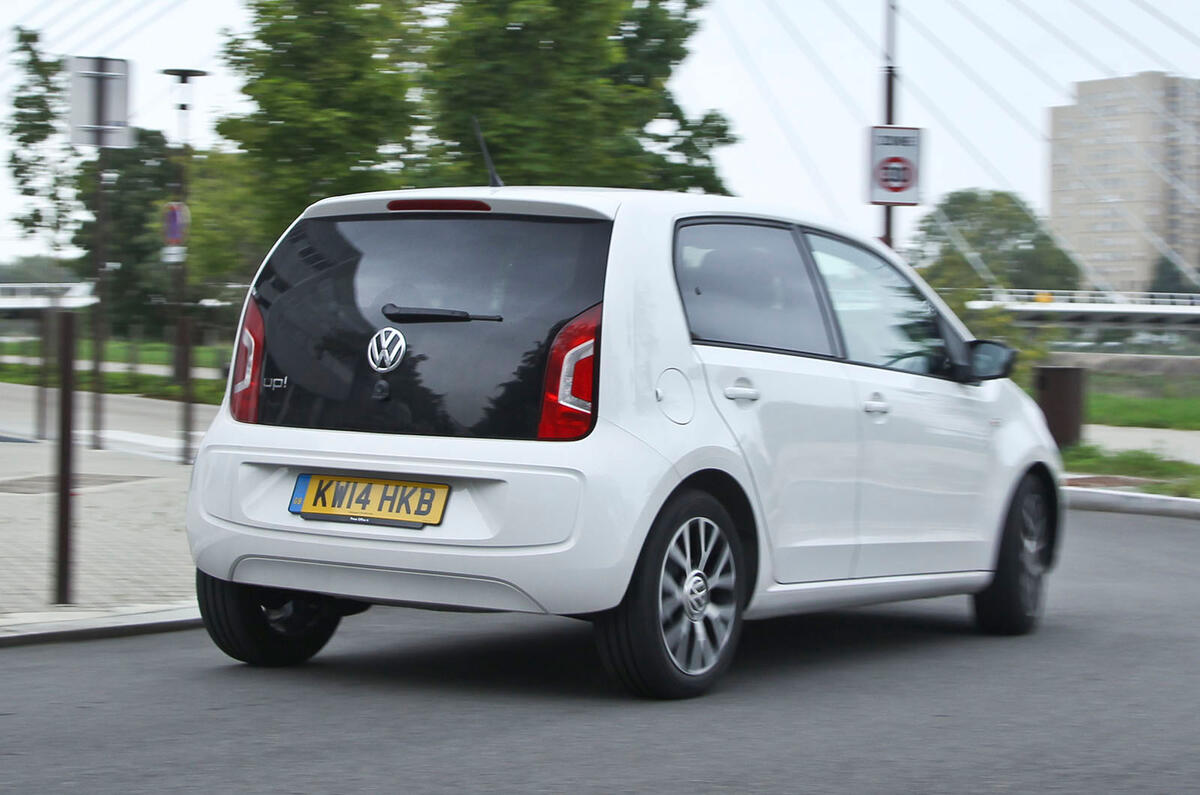
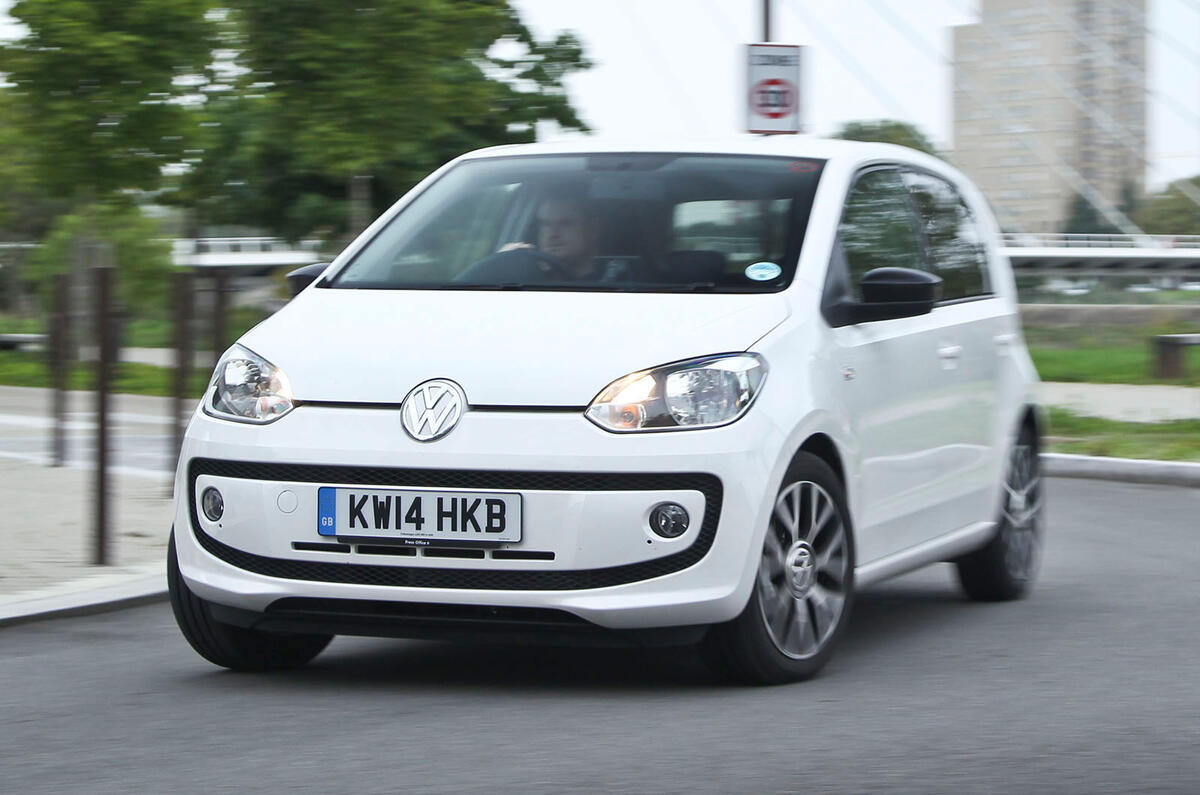
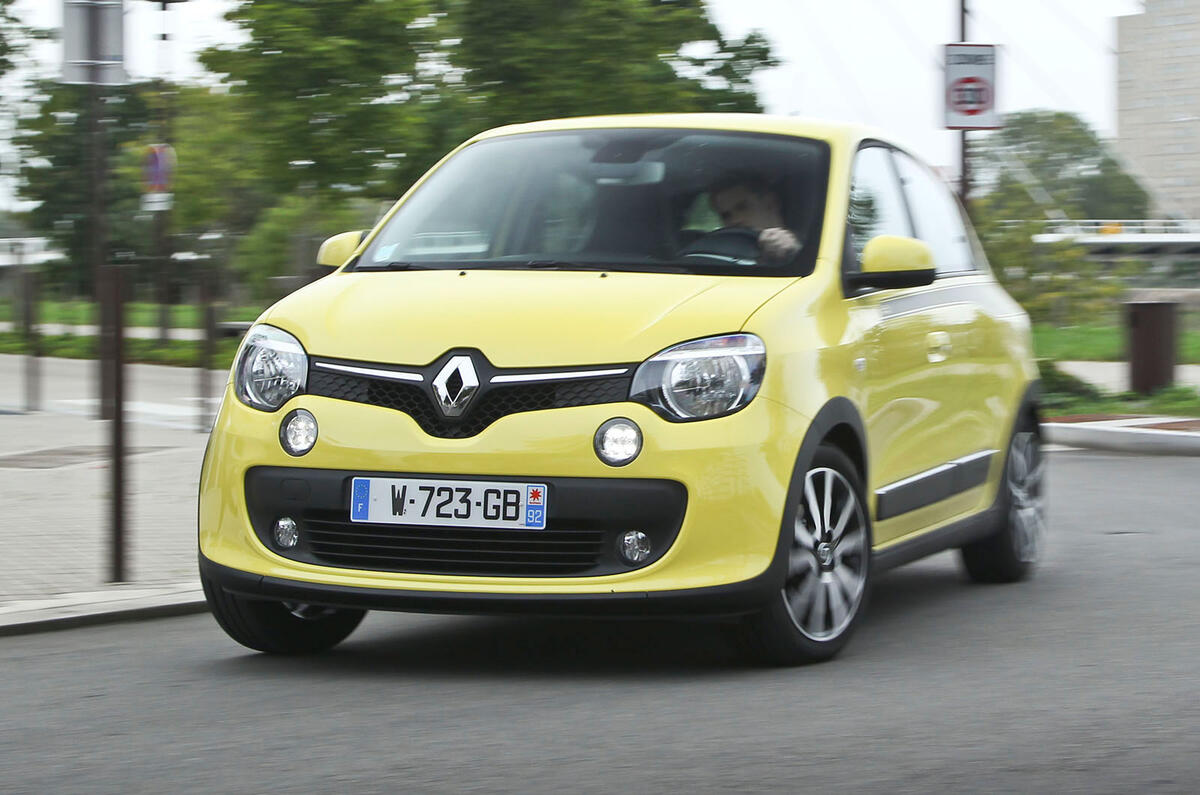
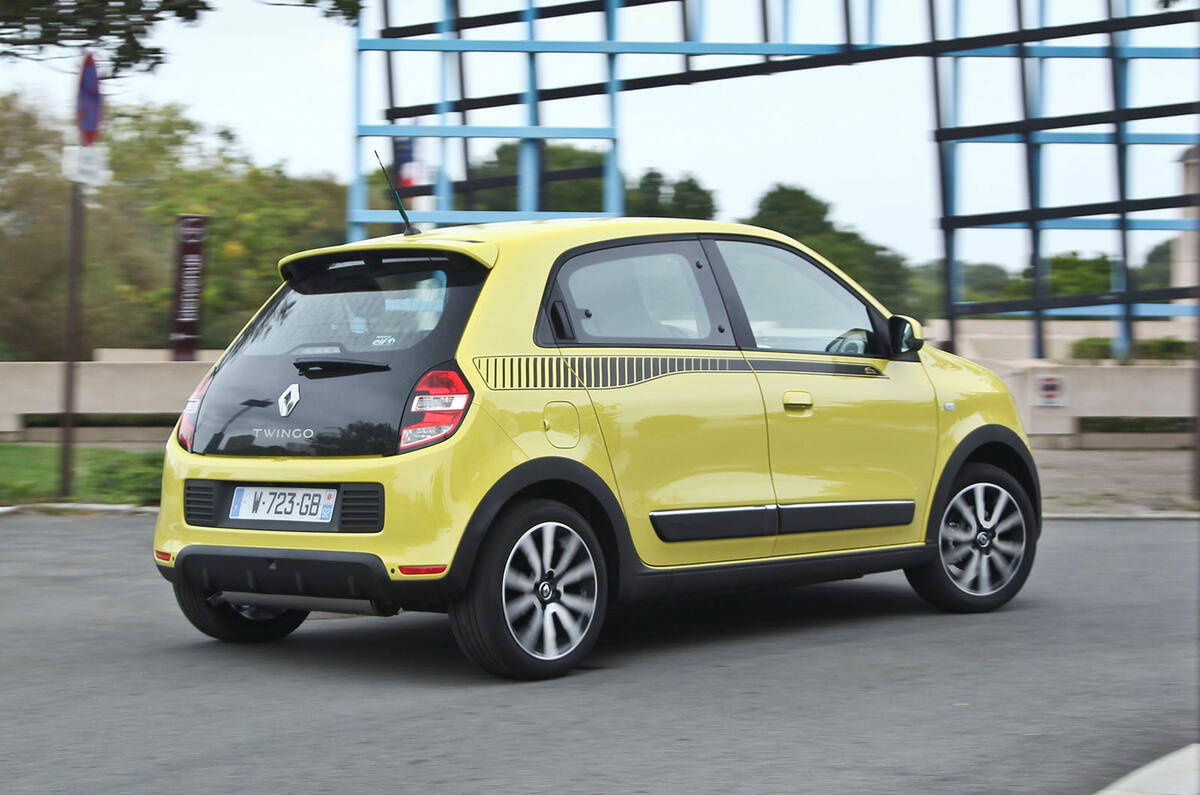
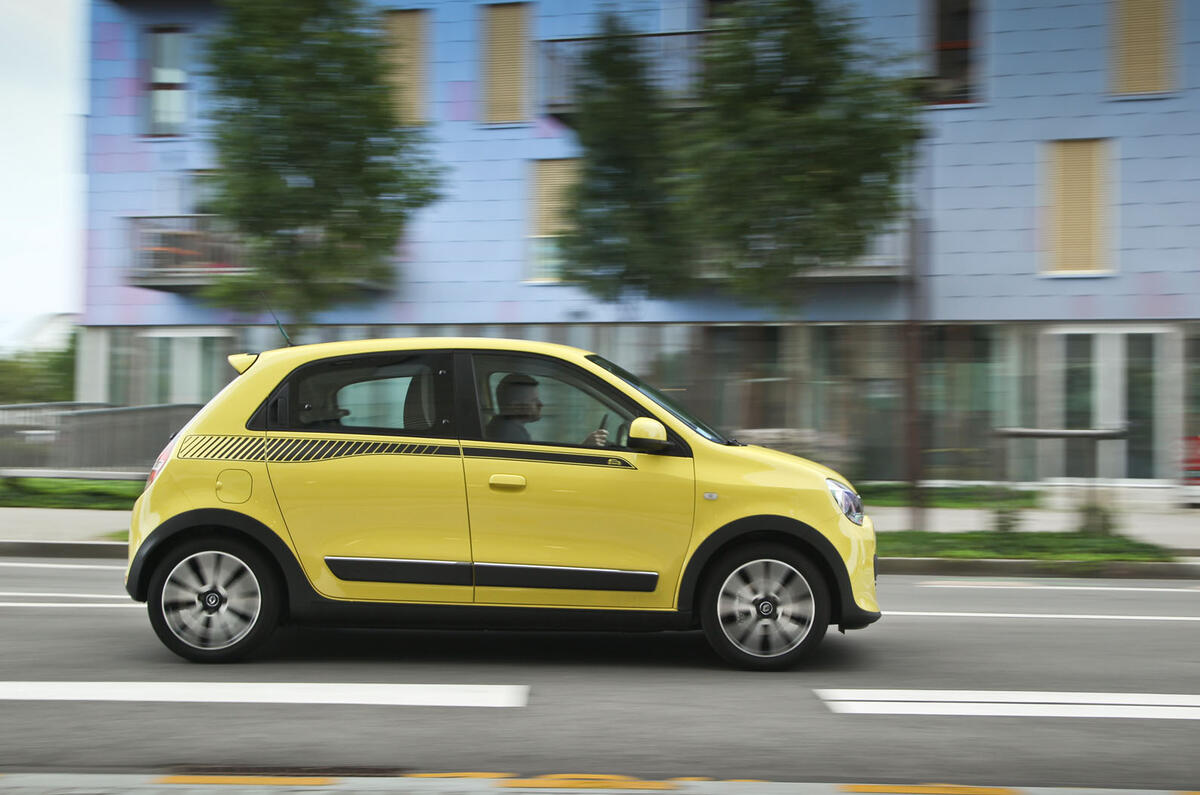
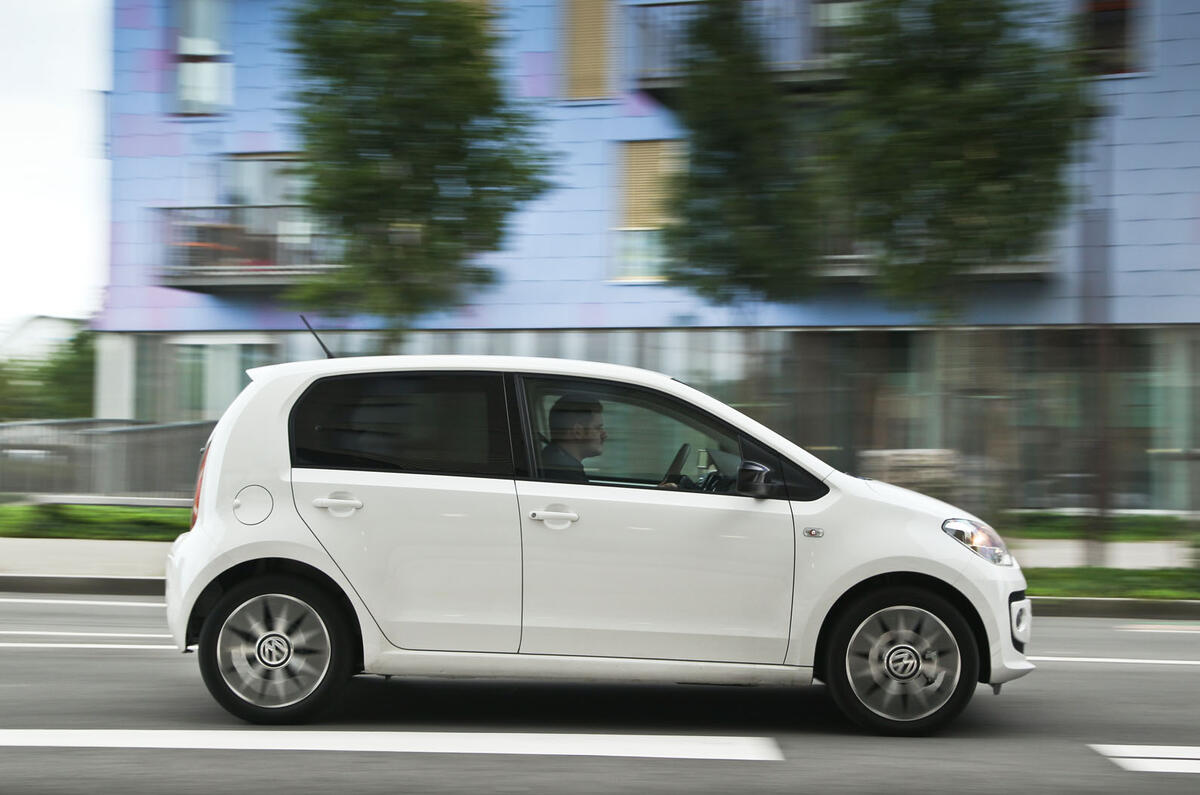

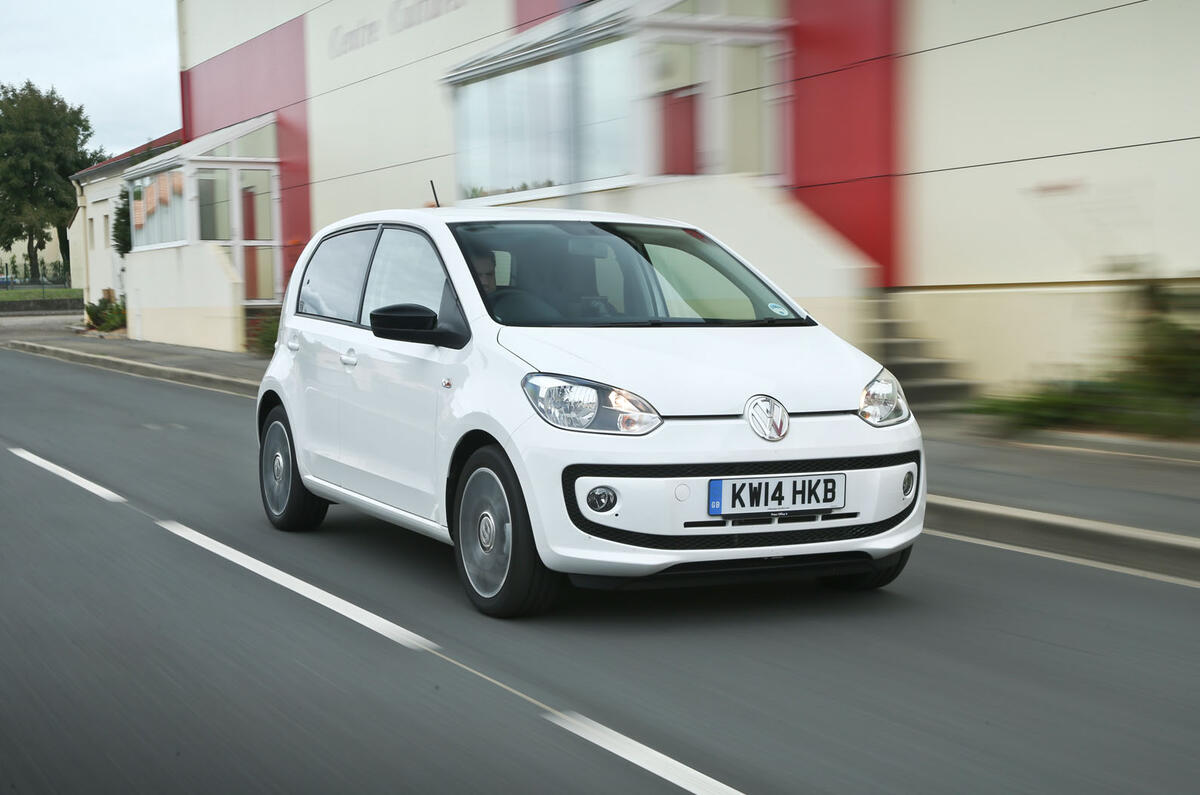
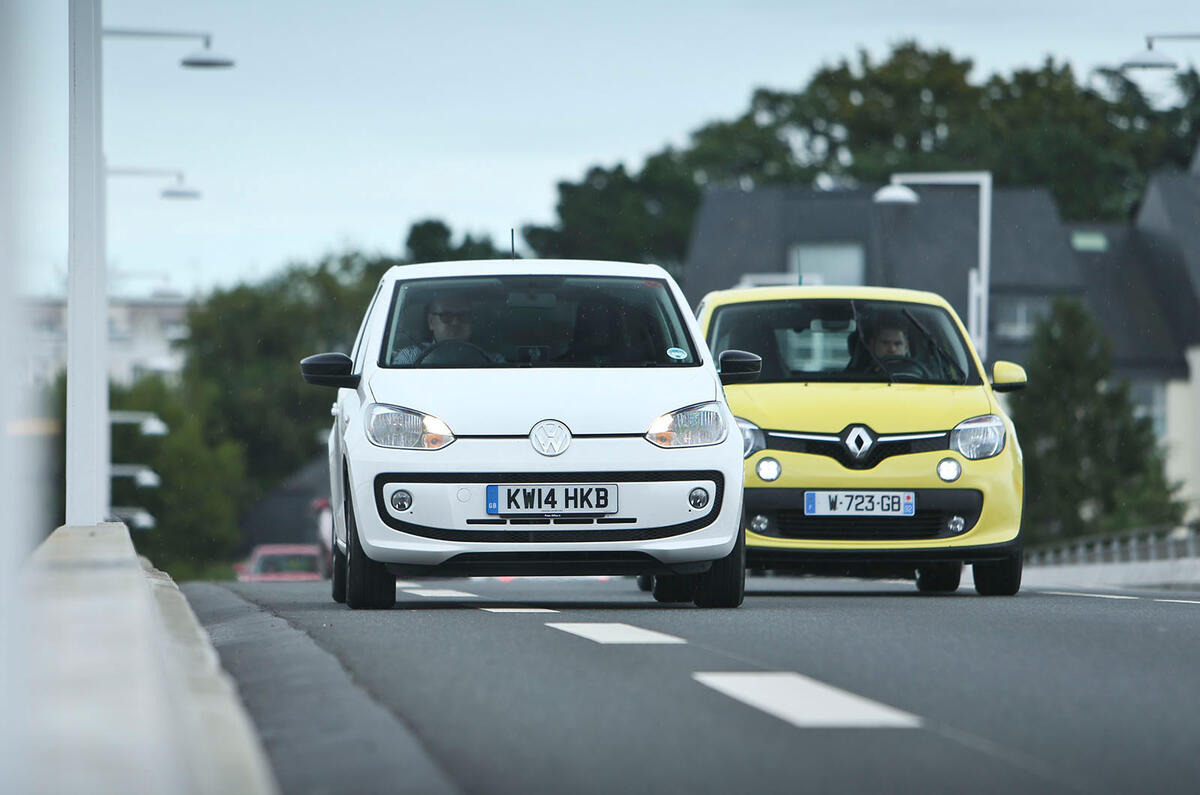
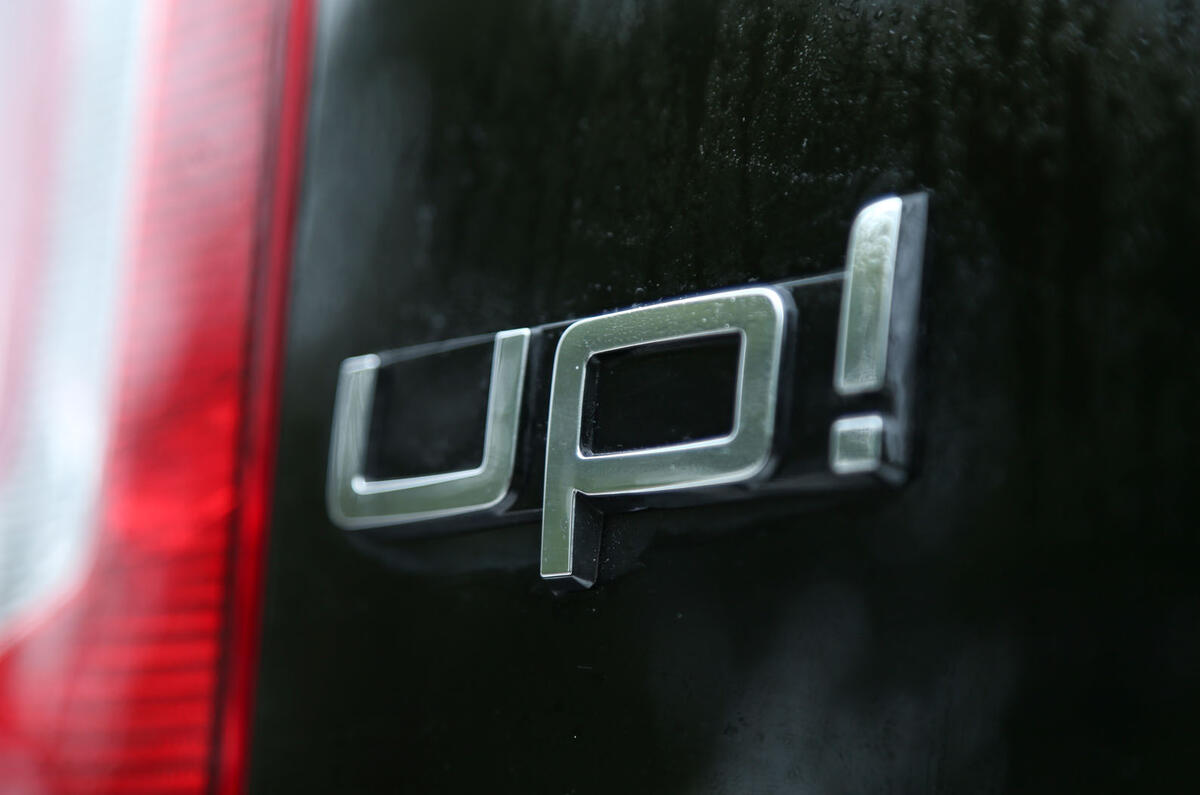
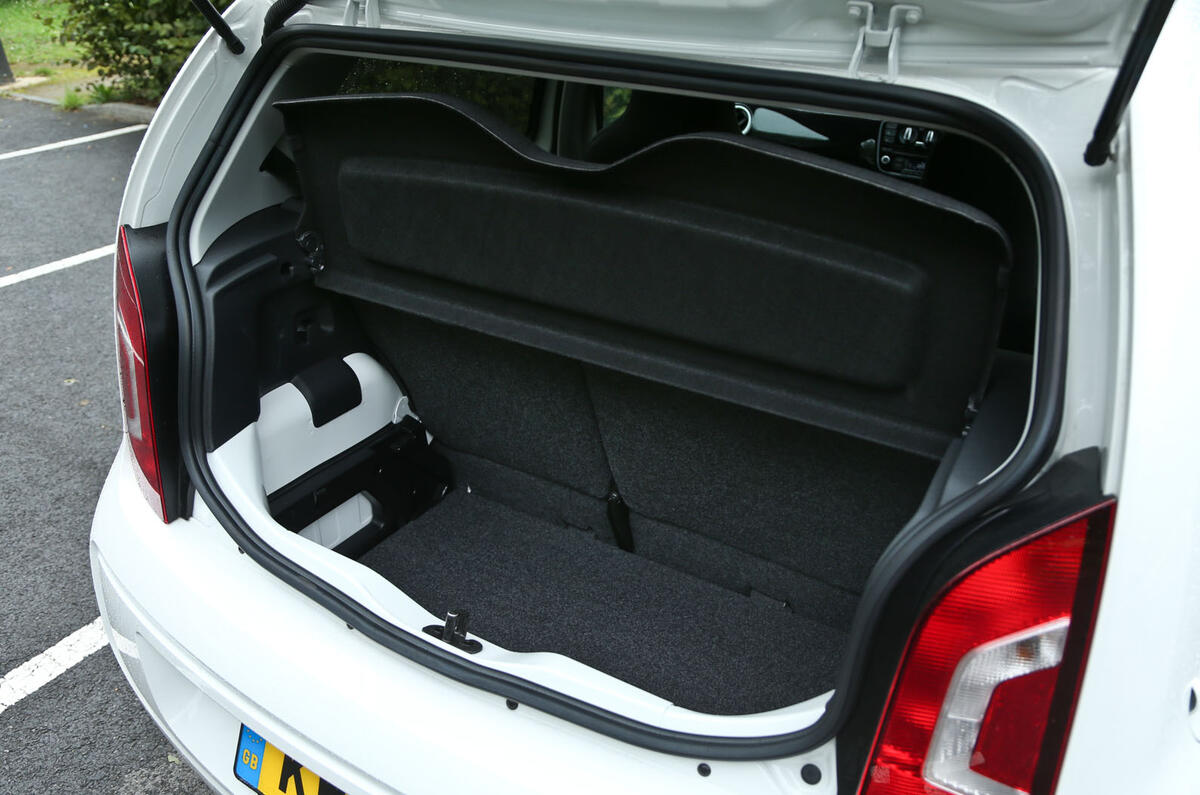
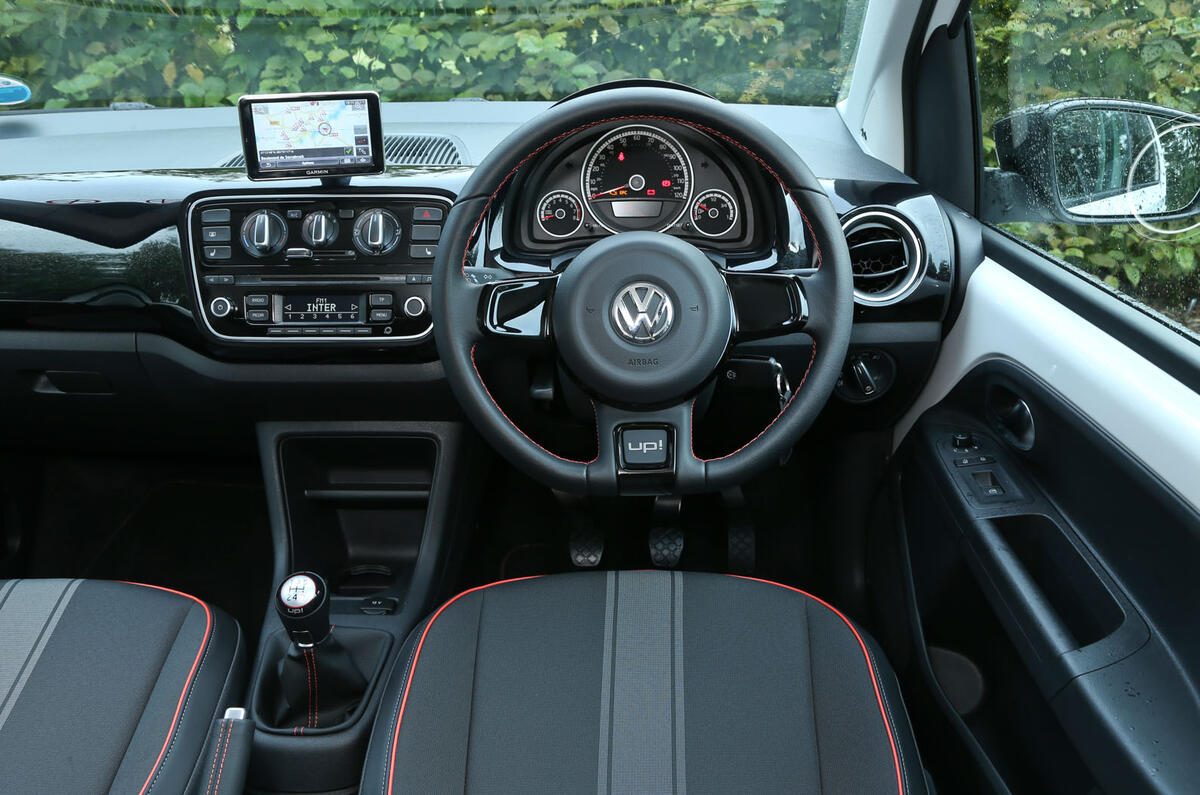
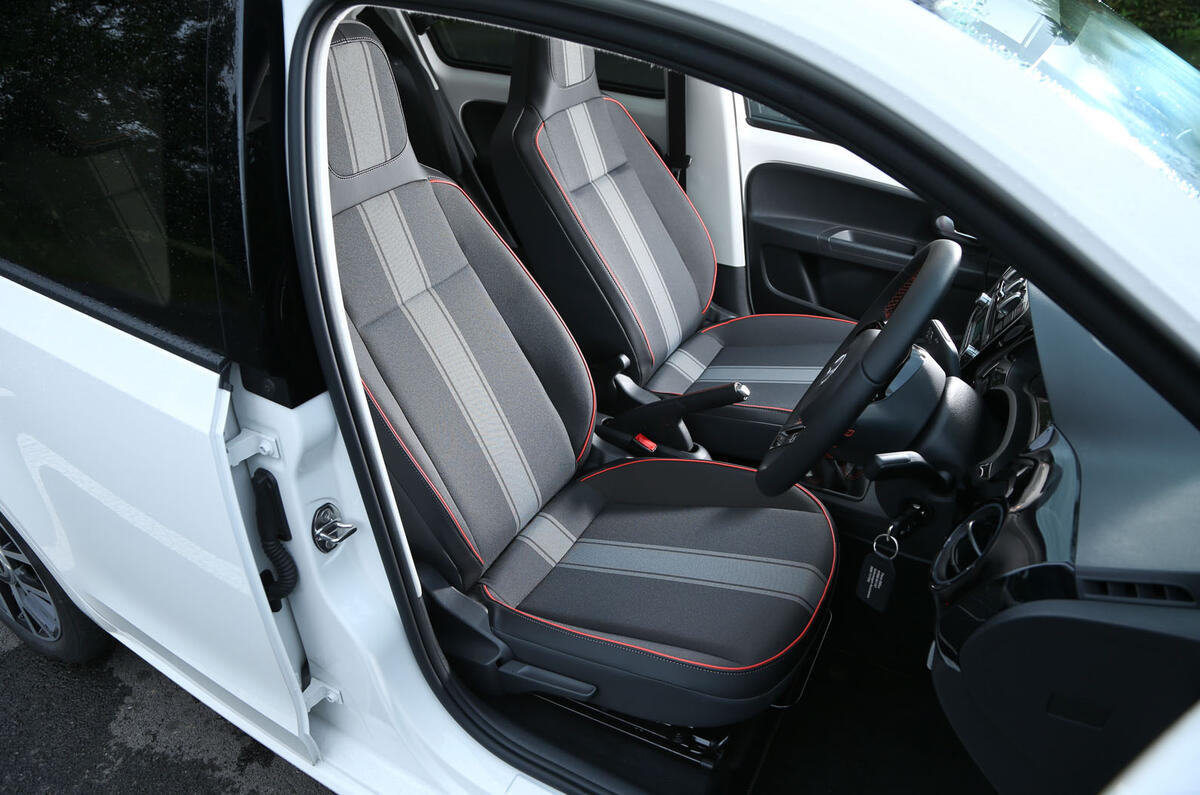
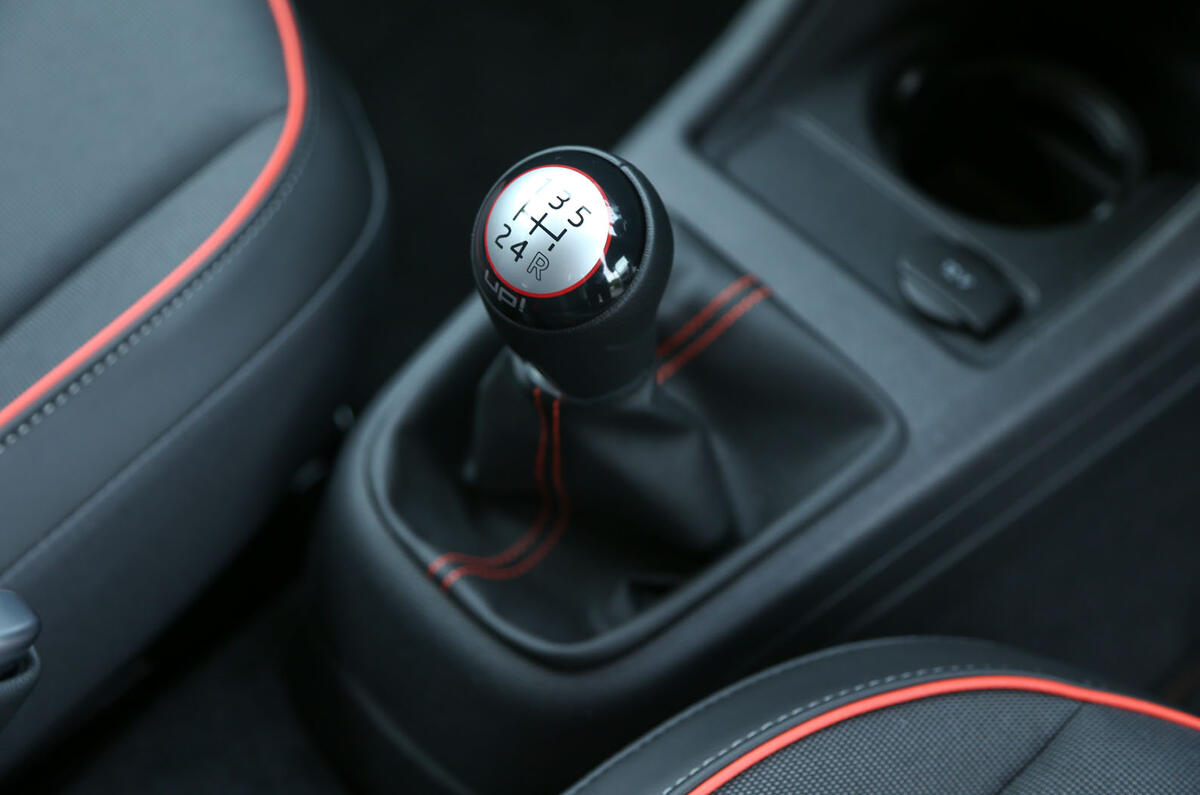
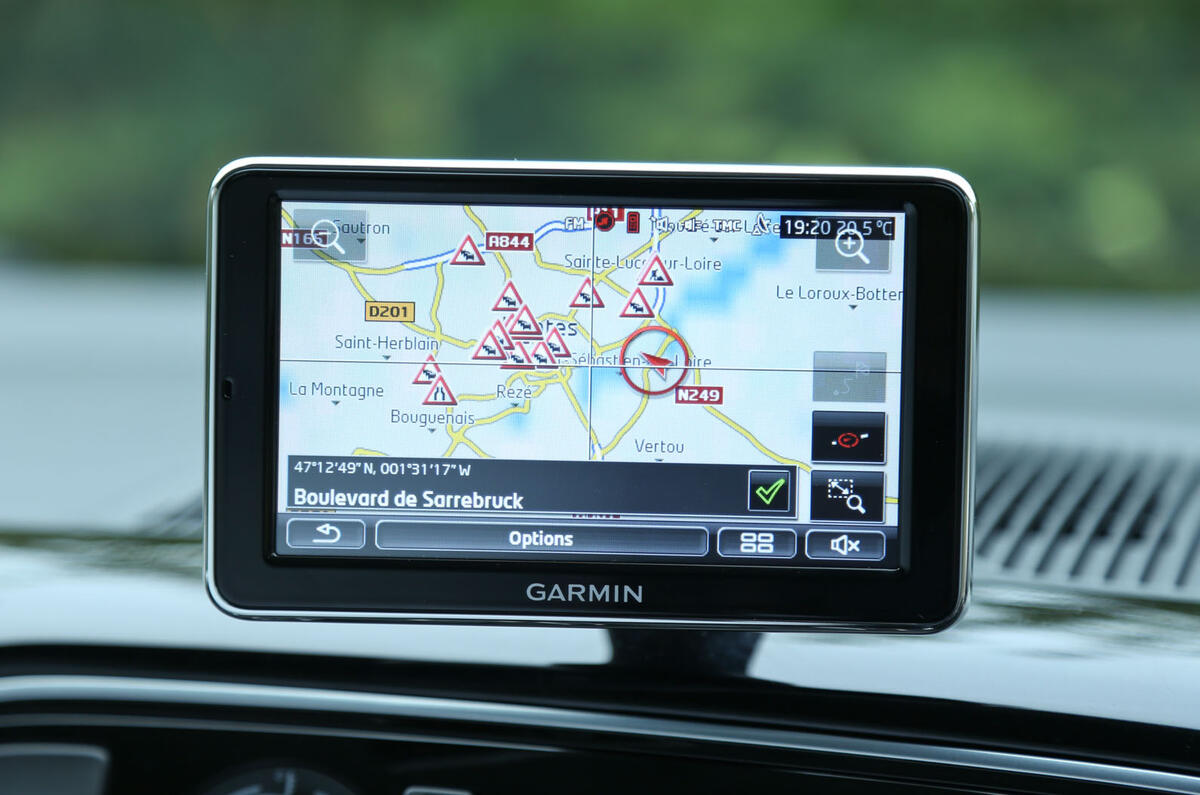

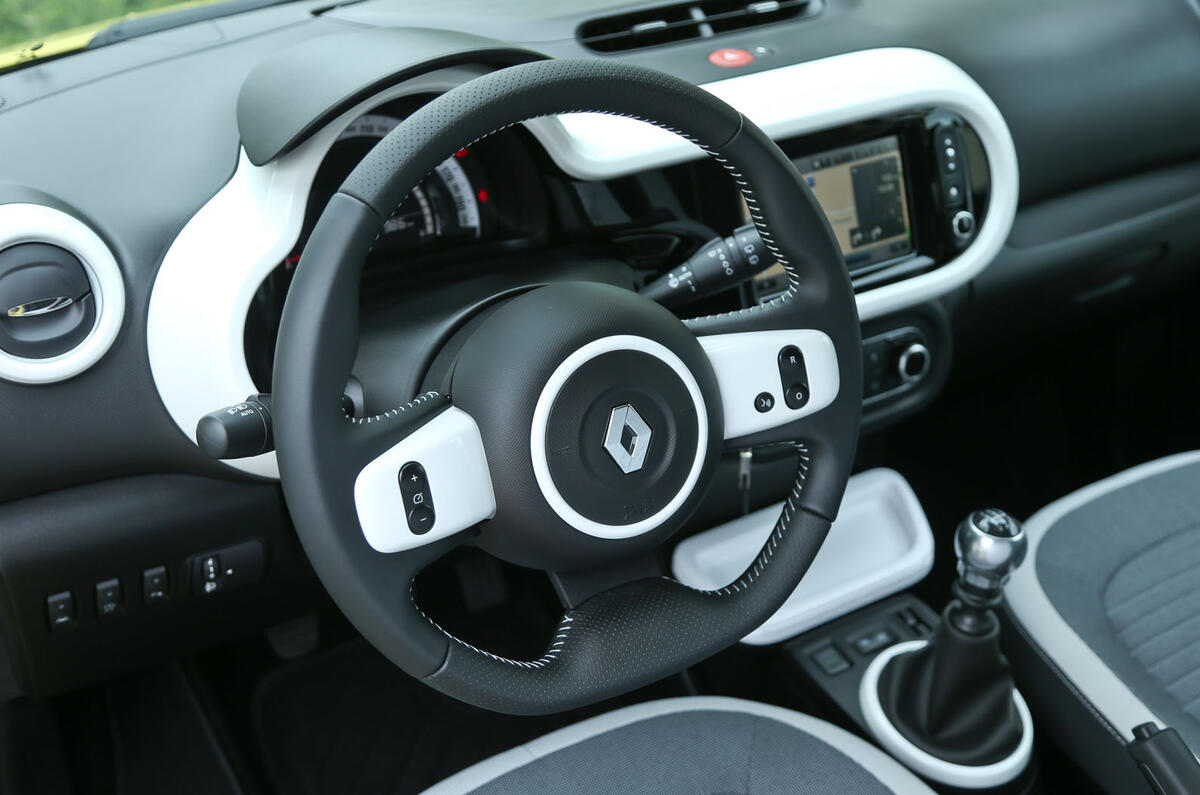

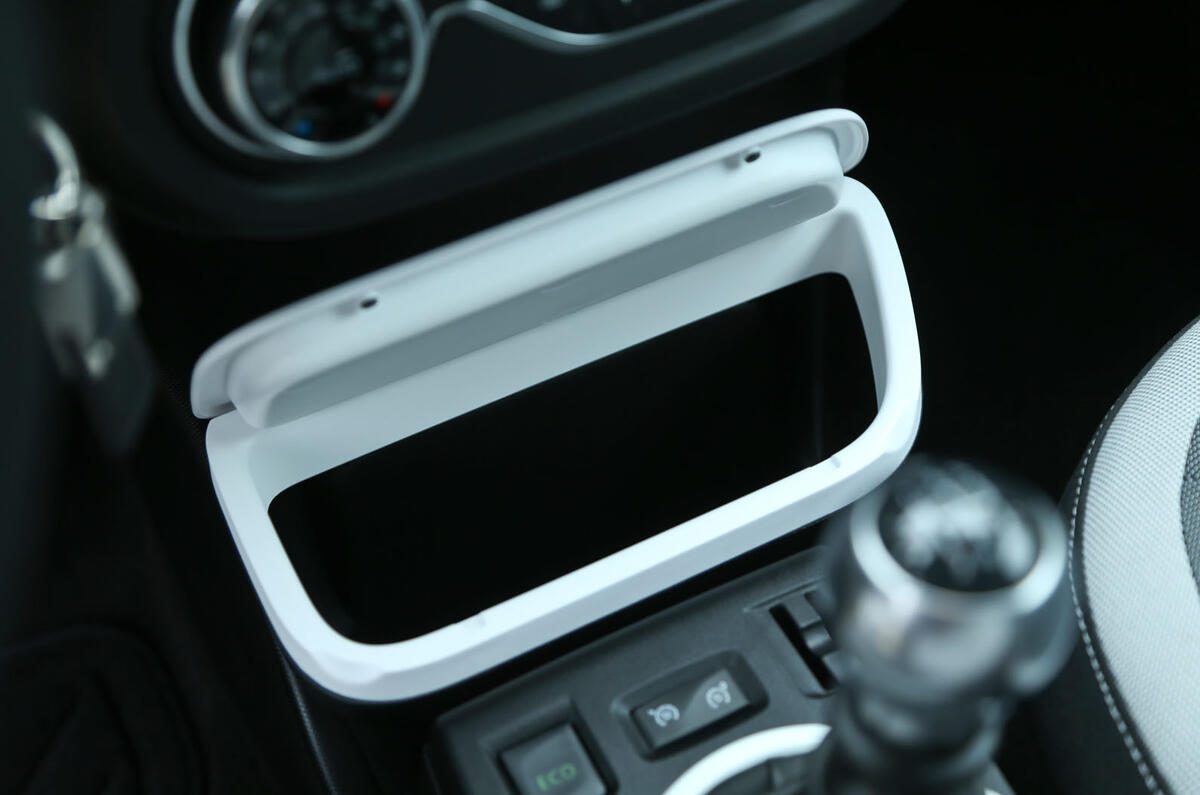
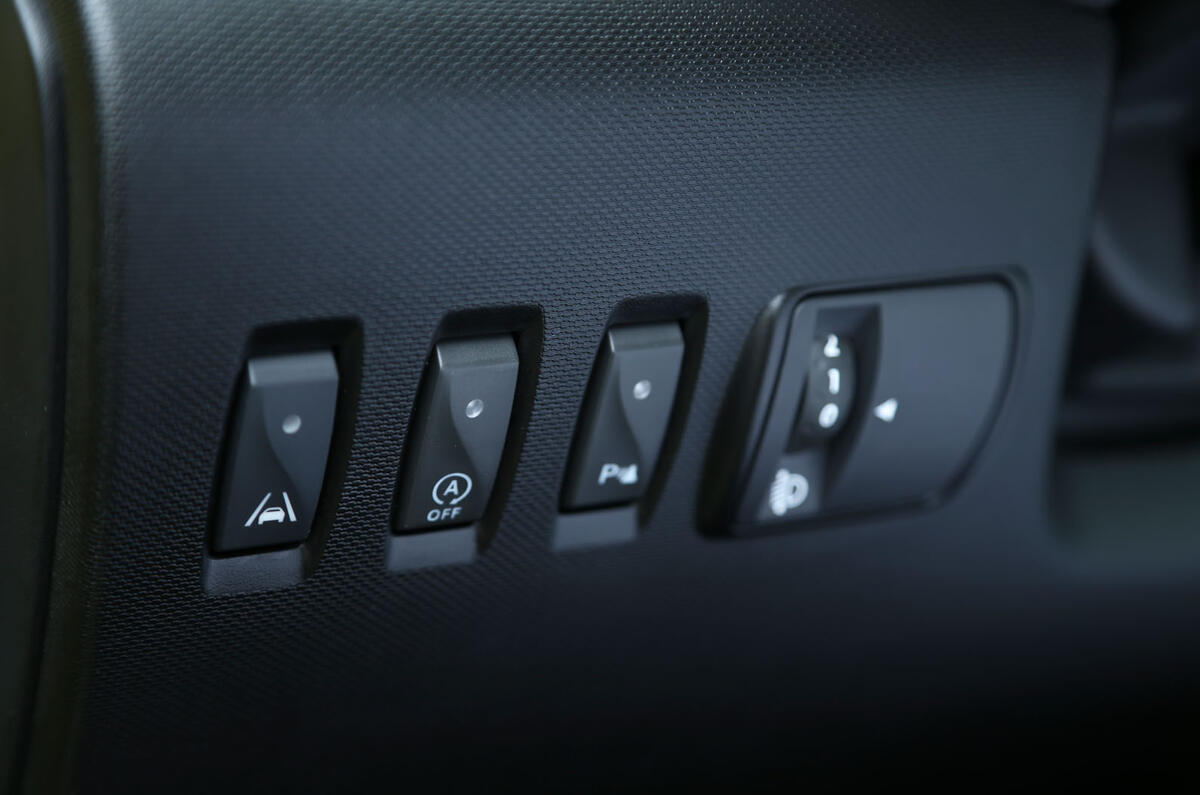

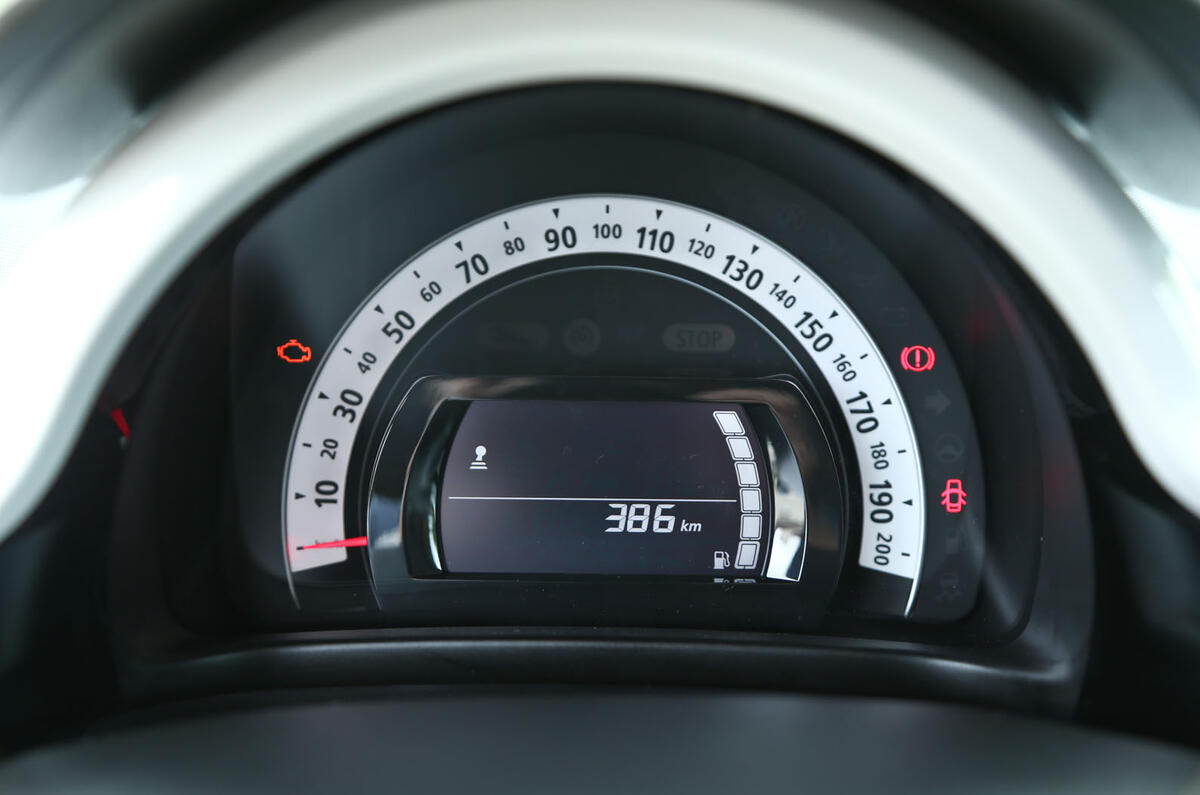

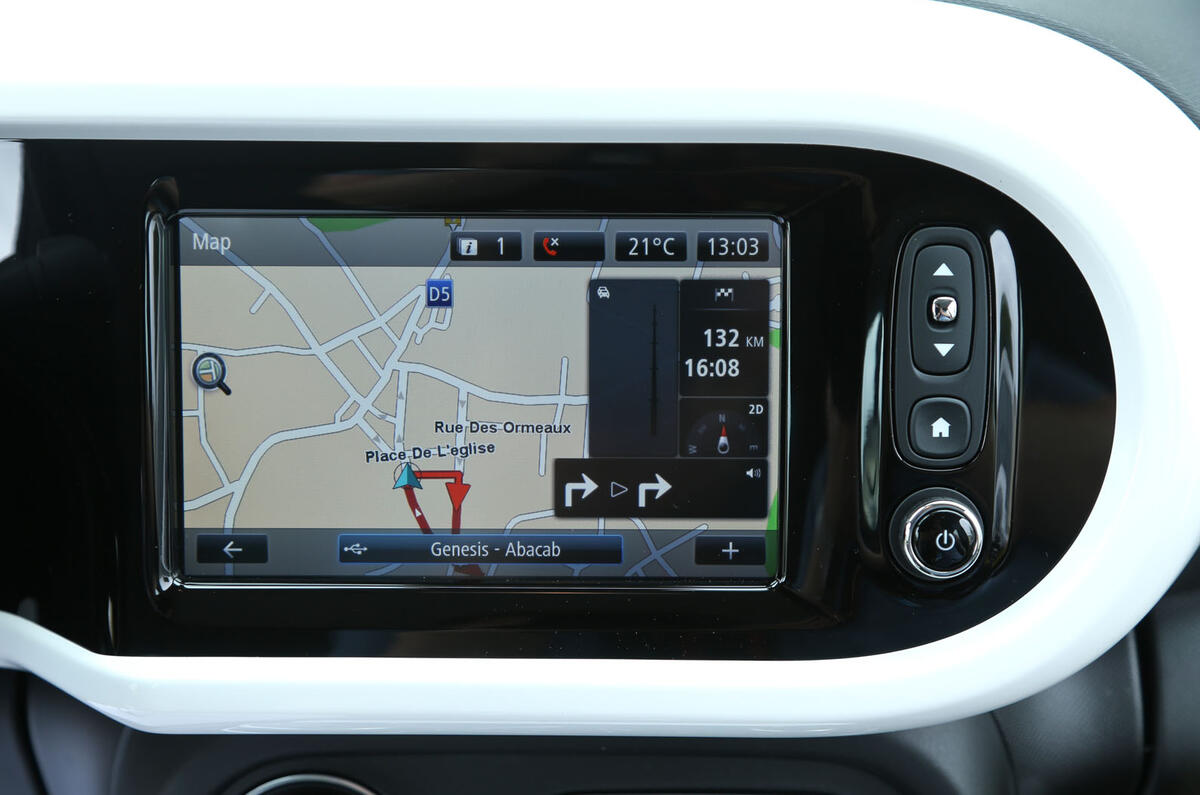
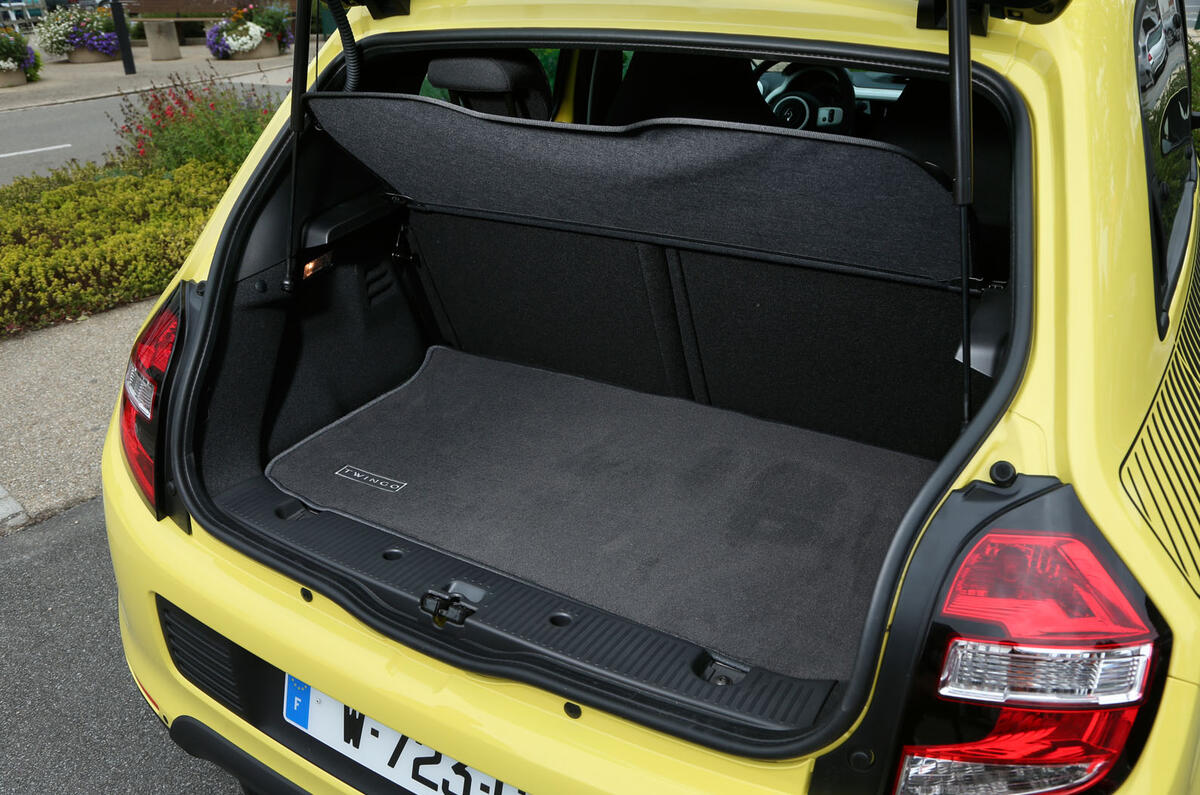
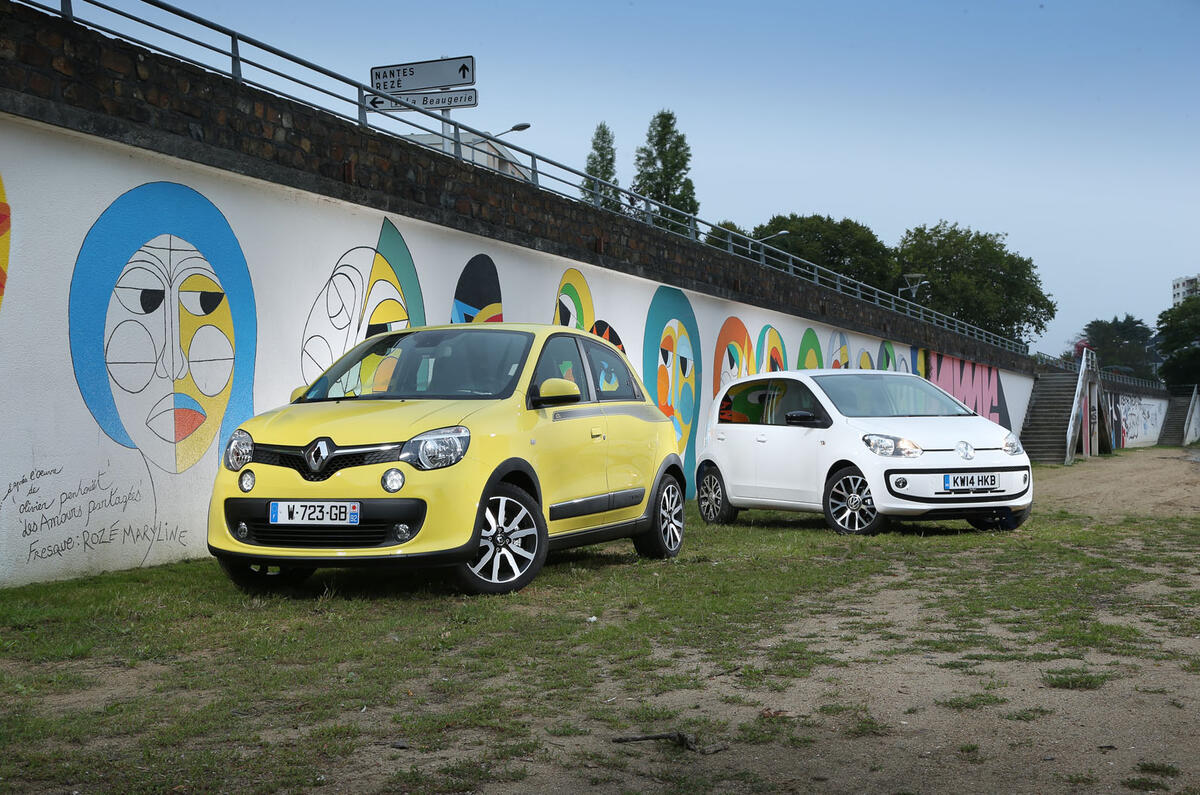
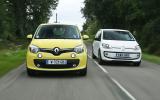
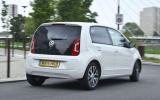
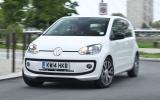
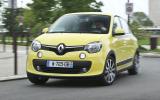
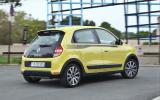
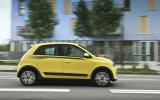
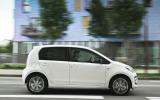
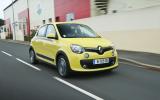
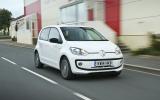
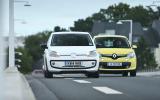
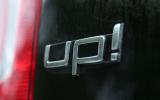
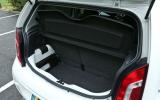
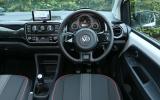
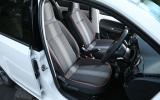

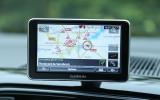
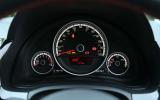
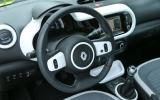

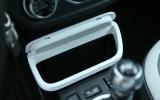
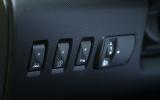
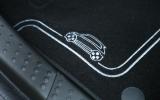
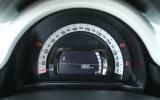

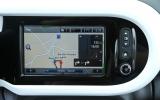
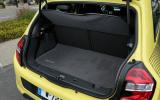
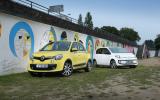


Add your comment
Misinformation
If the VW comes out with an effective draw from its confrontation with the new Twingo, the Skoda would have been an easy, relaxed victor.
Unless you are addressing a bleating flock of "dyed in the wool" badge followers...
Price
Instead of being marketed as
I would agree with the comments about the Mk.1 Twingo. Of course it was probably less safe to have a crash in but the sheer amount of interior space emphasised how bad most German manufacturers are at packaging